Different types of copper ores often contain different associated useful components. In addition to considering the recovery of copper ores, this type of ore also needs to comprehensively recover the associated minerals, which has brought great importance to the formulation of the mineral processing process. Among the associated minerals of copper ore, the more common ones include lead-zinc ore, molybdenum ore, nickel ore, etc. This article will focus on these three types of associated minerals, and briefly discuss the mineral extraction process of copper ore associated minerals.
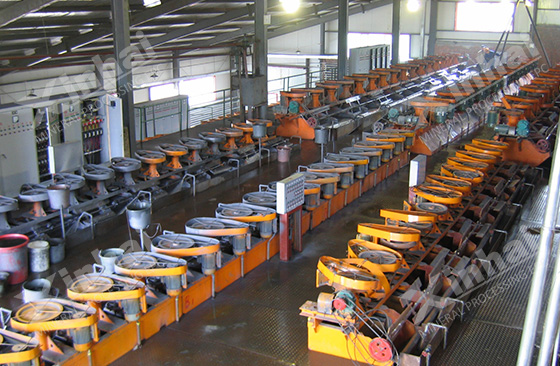
Use the table of contents below to navigate through the guide:
01Extraction process of associated lead-zinc ore
Associated lead-zinc deposits mainly occur in skarn copper deposits, pyrite-type copper deposits and sandstone-type copper deposits. The beneficiation processes for extracting associated lead-zinc deposits of the three deposits are quite different. Skarn-type or sandstone-type copper deposits are often associated with lead sulfide and zinc sulfide minerals, and flotation is the main beneficiation method. In the selection of process flow, copper-lead-zinc priority flotation process, copper-lead mixed separation-tailings zinc flotation process, copper-lead-zinc mixed flotation-copper-lead-zinc separation process, and other flotation-copper-lead-zinc can be considered Sulfur asynchronous mixed separation-copper, lead, zinc and sulfur separation process, etc., are selected based on ore properties.
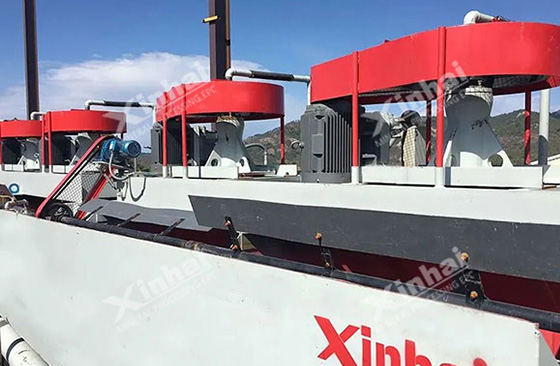
Volcanic massive sulfide-type copper deposits often contain associated zinc, and the zinc minerals are mainly sphalerite or sphalerite. Moreover, such ore deposits contain a large amount of pyrite or pyrrhotite in the middle, which is prone to oxidation during mining, crushing and grinding. The oxidized surface will seriously affect the flotation rate of copper, zinc and sulfur minerals. In addition, some metal cations in the ore will activate zinc-sulfur minerals and affect the recovery of copper-zinc minerals. Therefore, the beneficiation process and pharmaceutical system of this type of ore are relatively complicated. The technological process includes pretreatment priority flotation, copper-zinc mixed flotation-re-separation, two-stage flotation, etc.
02Extraction process of associated molybdenum ore
Molybdenum minerals often appear in porphyry copper deposits, mainly in the form of molybdenite, and copper minerals mainly in the form of chalcopyrite and bornite. The value of comprehensive recovery and utilization of molybdenum is very high. When the grade of associated molybdenum reaches 0.01%, comprehensive recovery of molybdenite can be considered, which is one of the main sources of molybdenum minerals.
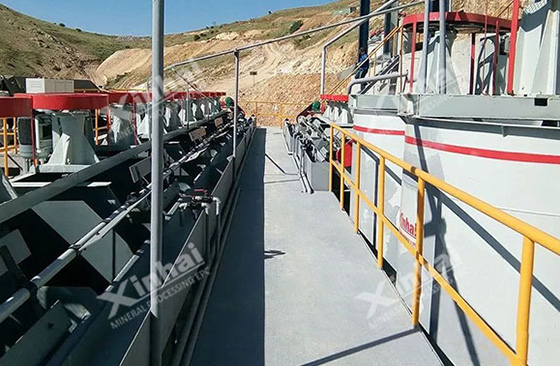
Since the floatability of molybdenite is similar to that of copper sulfide minerals, the ore beneficiation process generally does not adopt the sequential priority flotation process. The more commonly used processes are: copper-molybdenum mixed flotation-copper-molybdenum separation process, coarse concentrate regrinding and re-election stage flotation process, partial priority flotation process, rapid priority flotation process, etc. When the molybdenum grade in the raw ore is low, it is difficult to separate the molybdenum concentrate from the copper-molybdenum mixed concentrate. At this time, a partial preferential flotation process or a rapid preferential flotation process is usually used.
03Extraction process of associated nickel ore
Associated nickel ore mainly occurs in copper-nickel sulfide type copper deposits, in which nickel ore mainly exists in the form of pentlandite, and copper ore mainly exists in the form of chalcopyrite. According to different ore structures, embedded particle sizes and differences in buoyancy, the beneficiation process for the comprehensive recovery of copper-nickel sulfide deposits mainly includes: stage grinding-stage flotation, copper-nickel mixed flotation-copper-nickel separation, copper priority Flotation - Copper-nickel mixed flotation, Isoflotation - Nickel enhanced recovery, etc.
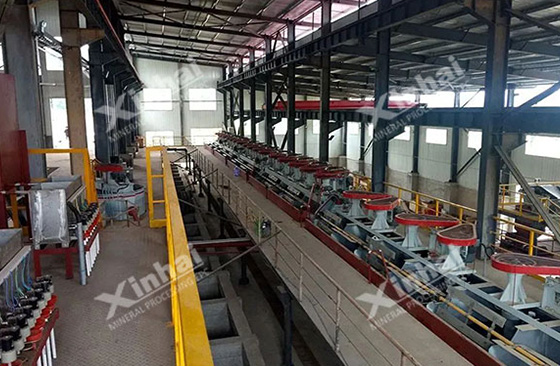
In production practice, when the particle size of the copper ore in the deposit is fine and the flotation speed of the nickel ore varies greatly, the stage grinding-stage flotation process can be used to obtain nickel concentrates of different grades. When the particle size of the copper minerals is relatively coarse and the nickel minerals are fine-grained, the process flow of copper preferential flotation-copper-nickel mixed flotation can be used.
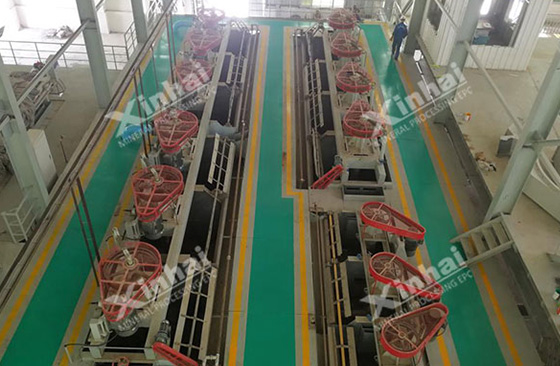
The above is the comprehensive beneficiation and recovery process of three common copper ore associated minerals. It should be noted that in the formulation of the process flow, although the associated minerals are a relatively important consideration. However, ore structure, mineral intercalation relationship, and useful mineral intercalation particle size also have important influences, which need to be considered comprehensively. Xinhai Mining recommends to conduct mineral processing test first, and formulate appropriate process flow and more specific mineral processing process plan according to the test results, so as to avoid economic loss and waste of resources.


 marketing@ytxinhai.com
marketing@ytxinhai.com  0086 13810327080
0086 13810327080 






































































































 CHAT
CHAT MESSAGE
MESSAGE







